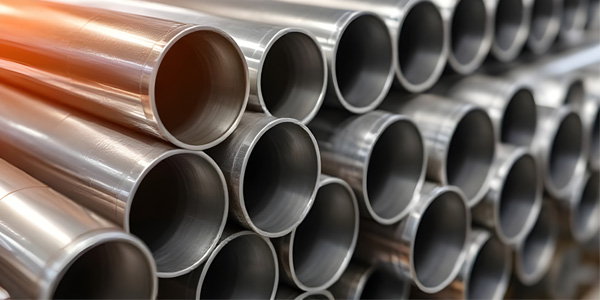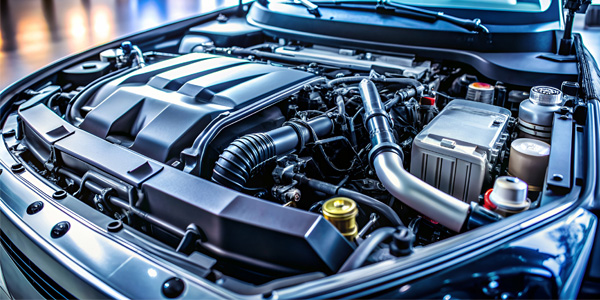![]()
When we think about the technology behind subsea exploration, our minds often jump to remotely operated vehicles (ROVs), advanced sensors and high-definition underwater cameras. But beneath the surface lies a critical component that keeps these systems moving: flexible hoses.
In the demanding world of subsea robotics, flexible hoses are the unsung heroes that ensure hydraulic power, data transmission and essential fluids reach where they are needed, even in the harshest marine environments.
Why Flexible Hoses Are Vital in Subsea Robotics
Subsea robotics operate in extreme conditions including high pressures, low temperatures and corrosive saltwater. Standard hoses would not survive, which is why marine-grade flexible hoses are engineered with specialised materials to deliver:
- Pressure resistance – Capable of withstanding the crushing pressures found hundreds or thousands of metres underwater.
- Corrosion resistance – Built to resist damage from saltwater and marine organisms.
- Flexibility – Essential for robotic arms and moving components to operate without restriction.
- Durability – Designed for long-term use in challenging subsea environments.
Applications of Flexible Hoses in Underwater Robotics
In subsea robotics, flexible hoses have several critical functions:
- Hydraulic Systems – Many ROVs rely on hydraulic actuators to power manipulator arms, cutters and sampling tools. Flexible hoses carry the pressurised fluid that makes these movements possible.
- Umbilical Cables – Flexible hose assemblies often form part of an umbilical cord system, combining hoses and electrical cables to transmit power, control signals and data between the ROV and the surface vessel.
- Cooling Systems – Subsea electronics and motors generate heat, even in cold waters. Flexible hoses can carry coolant fluids to regulate temperatures.
- Pneumatic Applications – In some cases, flexible hoses deliver compressed air for specific underwater tasks or tools.
Engineering for Extreme Conditions
Designing subsea robotics hoses is not just about making them waterproof. Engineers must ensure:
- Abrasion resistance for contact with rocks, reefs or equipment.
- Biofouling protection to prevent marine growth that could impair function.
- Torsion and bend tolerance to withstand the constant motion of currents and robotic movements.
The Future of Flexible Hoses in Subsea Exploration
As subsea robotics advances so will the demands placed on flexible hoses. Innovations in composite materials, reinforced linings and smart sensor integration are set to make these hoses even more reliable. Future designs may even incorporate real-time monitoring of hose integrity to prevent failures during critical missions.
From the deck of a research vessel to the depths of the ocean floor, flexible hoses play a pivotal role in subsea robotics, keeping exploration, repair and data collection flowing smoothly beneath the waves.






